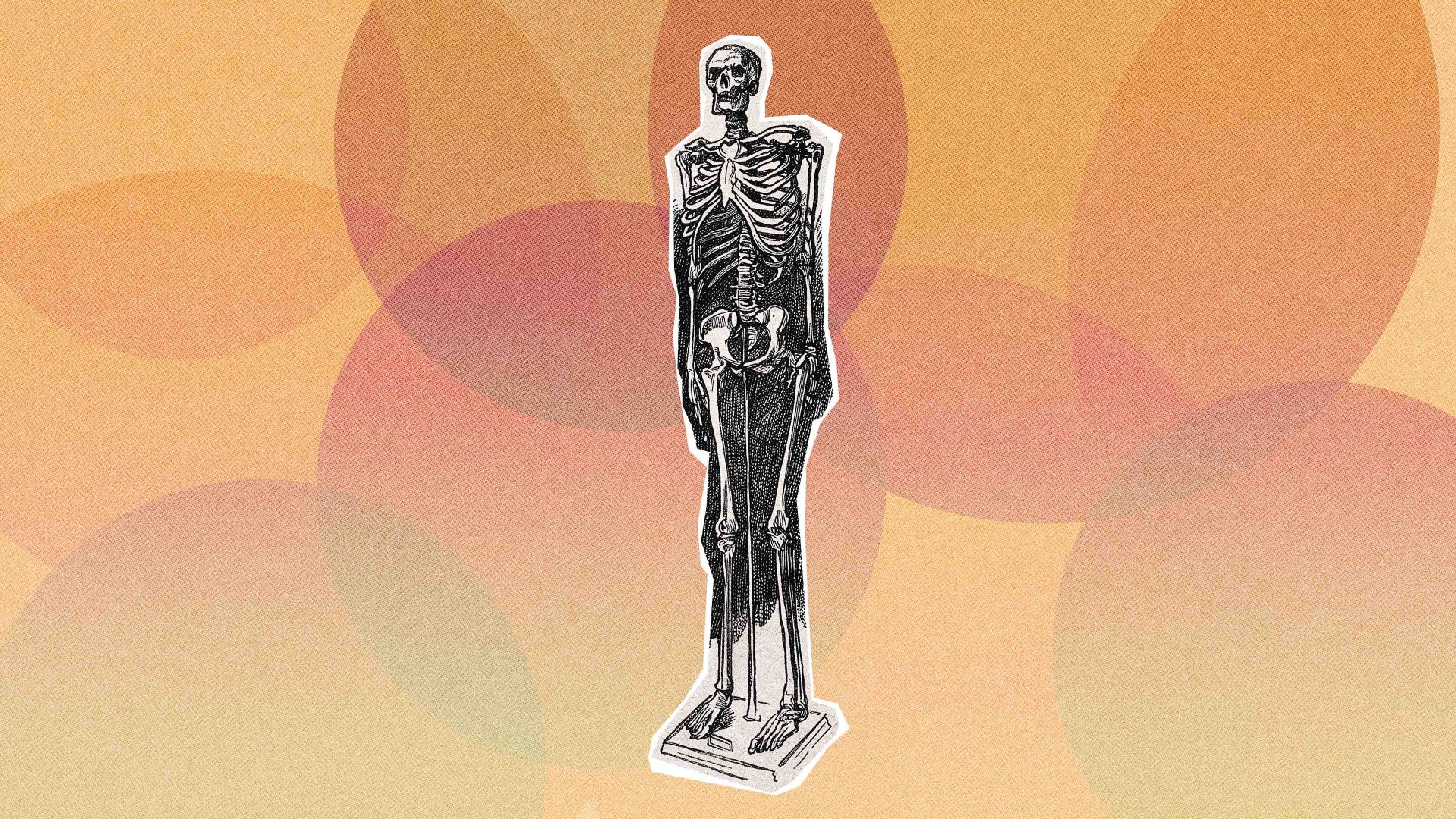Charles Byrne, the 7ft 7in “Irish giant”, was gawked at most of his life. He was exhibited as a freak in London in 1782. His height was the result of gigantism due to a malfunction of his pituitary gland.
Aware that the anatomist John Hunter coveted his body for dissection, when Byrne became ill he asked to be buried at sea in a lead casket so as to thwart him. Then, when Byrne died aged only 22, the friends entrusted with his burial were en route to Margate when Hunter intercepted them. They sold him Byrne’s cadaver for a tidy sum and Hunter duly dissected it and eventually put his skeleton on display.
Fast forward to the present. Byrne’s skeleton has long been the star attraction at London’s Hunterian Museum, but the directors recently announced that due to “sensitivities” it would be retained for medical research only and would not be exhibited to the public when the museum reopened.
Compare Byrne’s case with that of Jeremy Bentham. Unlike Byrne, the utilitarian philosopher had no fear of dissection. Always keen to maximise happiness, he relished the chance for his body to be useful to others after his death. He left instructions in his will about how that should be achieved. His corpse was to be dissected in public, his organs removed, his head desiccated and attached to his clothed skeleton. He wanted to become a statue made from his own body, enhanced with colour-matched glass eyes he’d had specially made. This was in part because he wanted to encourage others to donate their bodies to medical science, but also because he fancied the idea of becoming a kind of monument to himself, an auto-icon. He argued that everyone could become their own monument after death.
Unlike Byrne’s, Bentham’s wishes were mostly respected. He was dissected in public, and his clothed skeleton is now on display in University College London, though his friends baulked at using his dried head for this as that looked too macabre. They settled for a waxwork version with some of Bentham’s straggly hair attached. Byrne’s strong desire not to be dissected and have his skeleton exhibited, however, was ignored. But does that matter? Should living people be bound morally by the wishes of the dead about what happens to their bodies posthumously?
Museums and archaeologists have a long tradition of ignoring the wishes of the dead. Take Tutankhamun. The last thing he wanted was for his tomb to be opened and his sarcophagus removed. That’s very clear. It’s highly implausible that the Egyptian people whose mummies are on display around the world would have wanted this to happen to their remains. Is it simply the passage of time that legitimises curators when they overrule the wishes of the dead?
One response is that when we disregard the wishes of the living about what happens to their bodies whilst they are still alive, we treat them as means to an end and not ends in themselves, something that Immanuel Kant thought immoral. Living human beings aren’t the sorts of things that you should use, instead we should respect one another’s autonomy. If you believe human beings are immortal and that they continue to live after death in some form, then perhaps you could argue that their wishes continue to have force posthumously because these people still exist and so can still be harmed by treating them as means to ends.
But even if you believe that death is final, there does seem to be something in the idea that you should, wherever possible, respect the wishes of at least the recently dead about what happens to their remains. That’s usually a matter of a friend or relative keeping a promise. Byrne’s friends let him down badly – they broke a promise that he believed they would keep. Presumably others close to Byrne who survived him would have been appalled to learn that they had sold his body. They would have been harmed, too.
But now, today, what force should Byrne’s or Bentham’s wishes have? Should they have any more influence on us than the wishes of the pharaohs? Bryne died over 200 years ago. No one living today knew him. Why not give the public the pleasure of seeing his unusually large skeleton? If it’s wrong to display it simply because that goes against his wishes, then it is equally disrespectful to display mummies and a whole range of other human remains.
Consistency will demand a major rethink, one way or the other.



